European BioImage Analysis Symposium
EuBIAS 2015, at Institut Curie, Paris, France, linked to Quantitative BioImaging conference
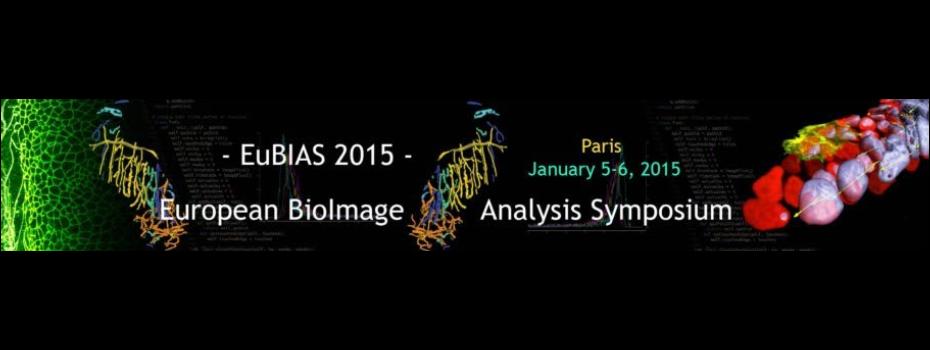
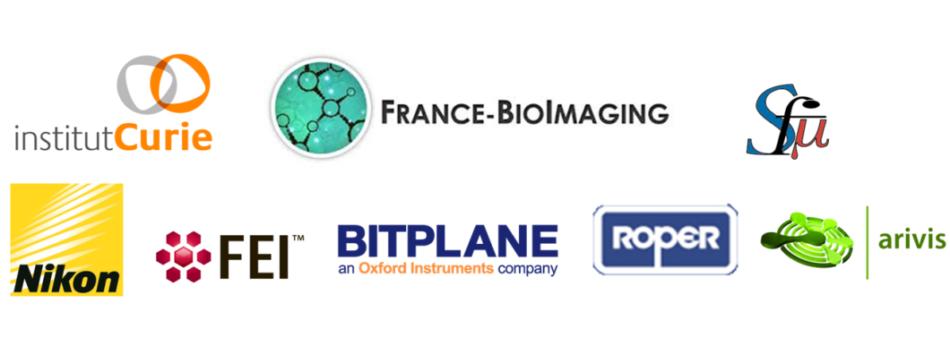
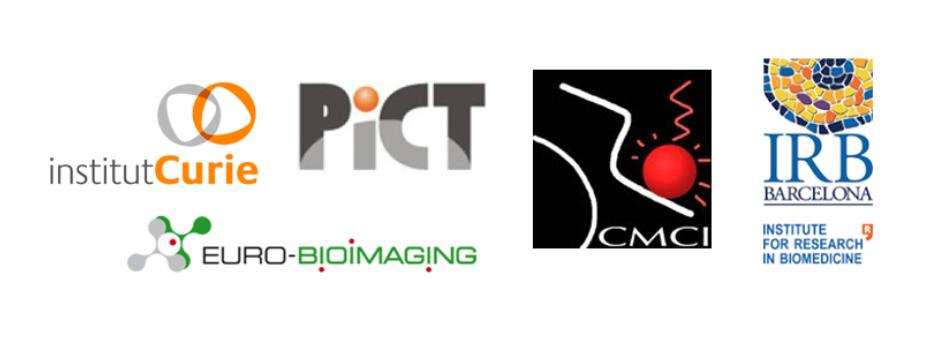
What is proposed?
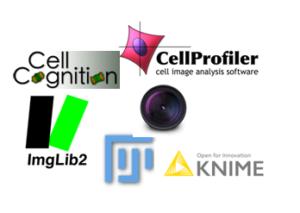
EUBIAS 2015 community meeting
The showcase meeting of EuBIAS aims at promoting the use of state-of-art image processing algorithms by increasing the communication within the image analysis community. Efforts are pursued in two main directions: Strengthening the community of bioimage informatics, by setting the focus on innovative algorithms for processing bioimages in an interdisciplinary manner, in particular in quantitative microscopy: this is the mission of QBI; creating a community of image analyst, to bridge new algorithms, new microscopy methods and the users: this is the mission of EUBIAS.
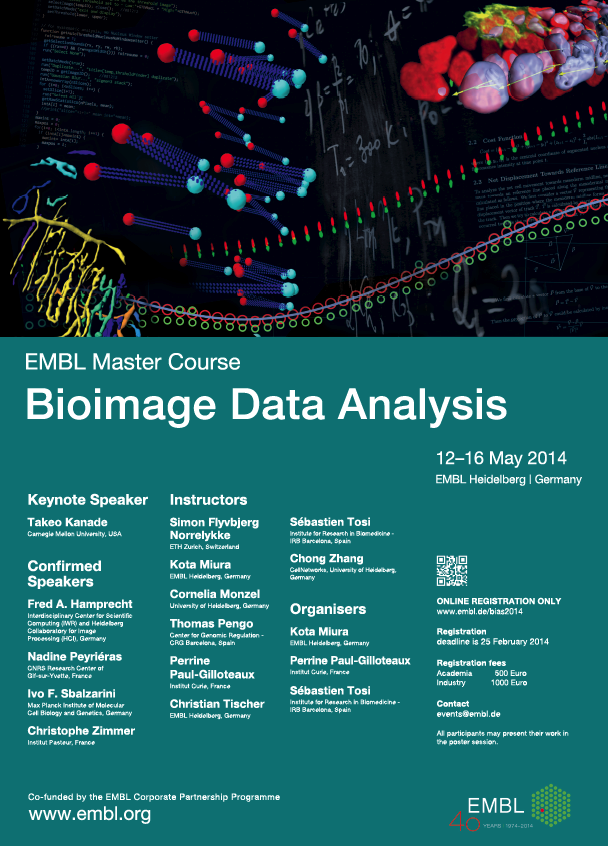
Bio Image Analysis Courses
These courses target two different types of audiences: research scientists and microscope facility staff. The courses aim to provide solid skills in image analysis and applied programming, so that the students can quickly tackle the practical problems they face in their own research or professional activity. In the facility staff edition, the course moves forward to more advanced topics, and can be used by the students as a reference course to propagate the knowledge learnt (Meta-teaching). Previous edition were held in Heidelberg (2012, 2013, 2014) and in Barcelona (2013).
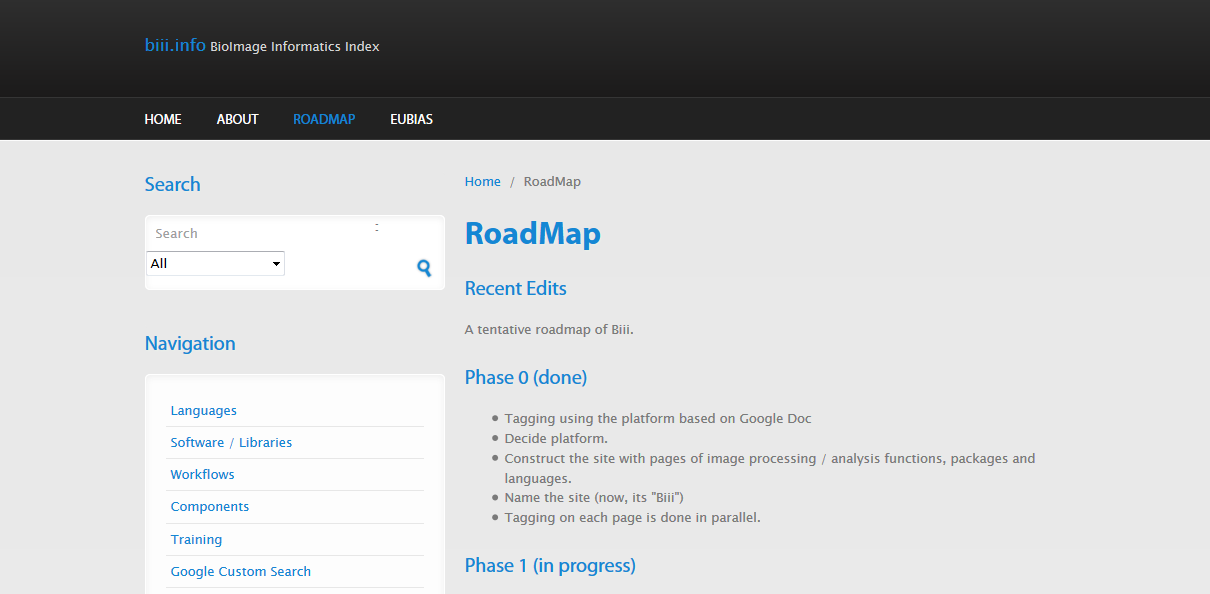
Web tool
We started up a website biii.info in 2013 to organize the information about image analysis tools, workflows and functions (see the roadmap in the section "Web tool"). The proper choice of the right workflows and algorithm pipelines to tackle a specific problem is largely dependent on technical knowledge and awareness of the tools available. The aim of biii.info is to share this knowledge and guide the end users in this process.
The showcase meeting of EuBIAS aims at promoting the use of state-of-art image processing algorithms by increasing the communication within the image analysis community. Developers from various software packages and libraries are invited to present their recent activities so that Image analysts and biologists can be updated on the last developments. The users are in turn expected to provide feedback and interact with the developers of the tools they use in their everyday research. We will also discuss on the further lines of development of the bioimage analysis community as a whole.
 D5 Creation
D5 Creation